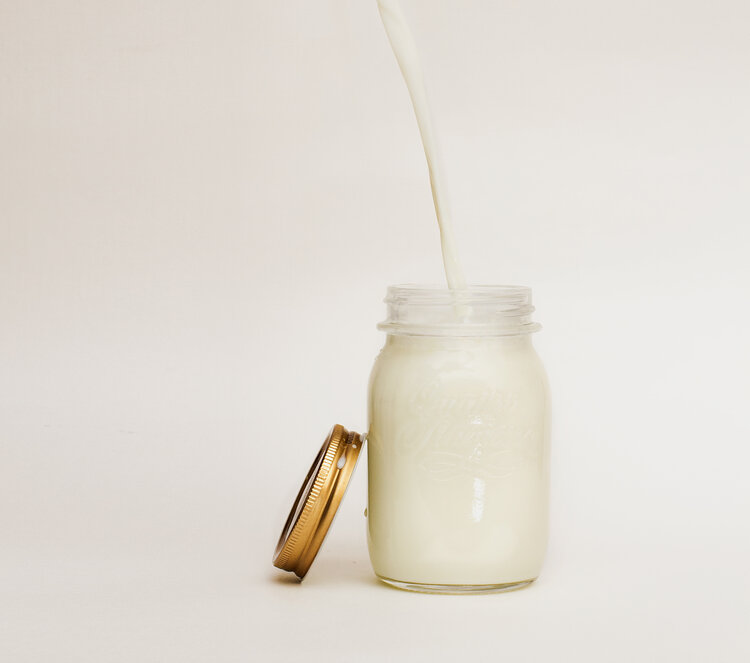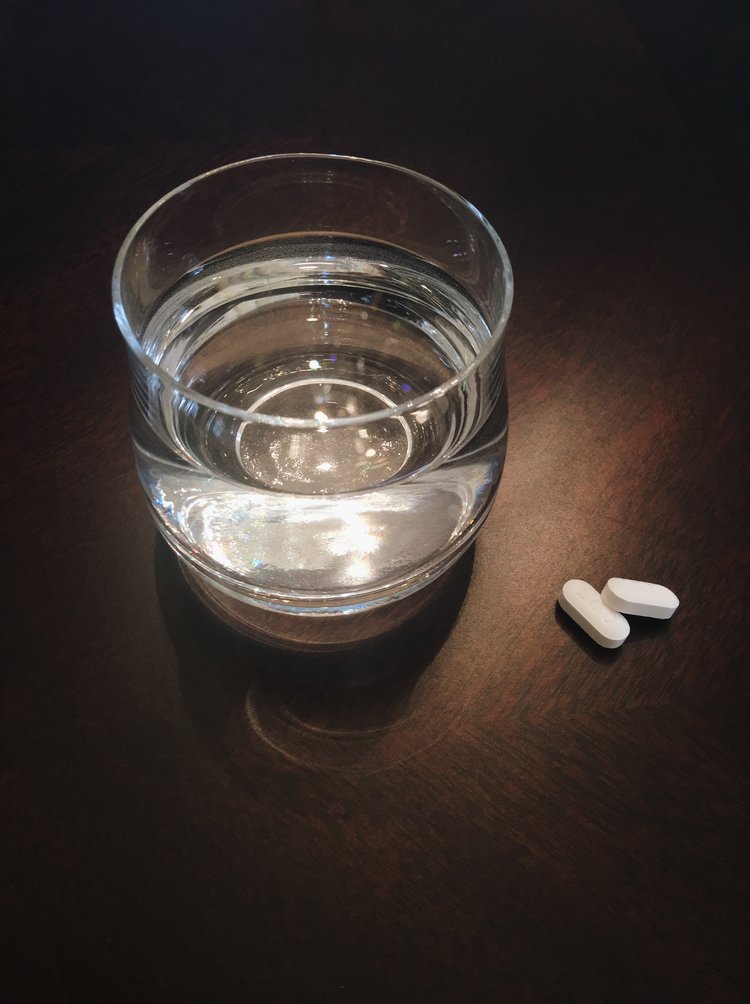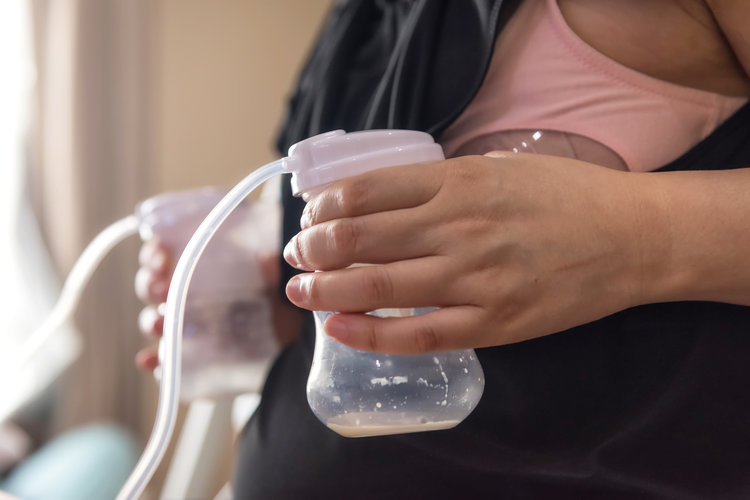
Mother’s milk can be expressed by hand, with a manual pump (operated by hand), or with a battery-operated or electric breast pump. The time it takes to express per session varies, but may average about 30 minutes. If using a pump, you can express one side at a time or both breasts at the same time. Some mothers find it helpful for collecting volumes of milk to express milk from one breast while the baby feeds at the other breast.
First Droplets has a great video on hand expression (see).
- From the American Academy of Pediatrics, “To express by hand, first be sure that your hands and fingernails (preferably short) are clean by washing them with soap and water. (You might even take a warm shower just before expressing, or place a clean, warm, moist towel over your breasts to help you relax and encourage the milk to let down.) Then massage your breast slowly, starting at the outer areas and working your way down toward the nipple. The massage should be gentle, never uncomfortable to your breasts or your skin.
- Next, place a clean cup or jar beneath the nipple so that the milk will drip directly into it without touching your hands or your breast. Position your hand on the areola with the thumb above and two fingers below, about an inch behind the nipple. Press back toward your chest, then gently press the areola between your thumb and fingers and release with a rhythmic motion until the milk flows or squirts out. Rotate your thumb and fingers around the areola to get milk from several positions. Avoid squeezing the nipple or sliding down the breast, since this can cause bruising.”
- To help move milk from your breasts to the areola, gently massage your breasts during and after pumping.
Stanford University offers videos developed by Dr. Jane Morton to demonstrate hand expression and for using your hands to aid milk expression with a pump.
Breast pumping milk
Milk expression can be challenging. It can be difficult to navigate outside of the home such as at work, school, or when traveling, it can be emotionally draining, and the output of milk volume may be lower than desired.
It can help to get comfortable while you pump. In a study, listening to a relaxation recording once a day increased milk production in NICU moms by more than 50%. You can download the recording used in the study here. A hands-free pumping bra can hold flanges in place so you can relax a bit better. For physically pain-free pumping, make sure that you have a flange that fits comfortably. Set the pump so you feel gentle tugging. If it hurts to pump, the suction is set too high. It can also help to relax and think about your baby. Find a comfortable place to sit, and have a picture of your baby, or a blanket that smells like your baby, nearby.
Know that every amount of milk counts. And know that your milk supply does not determine your worth. Expressing / pumping milk works easier for some women than others. Don’t compare yourself!
Tips and resources about breast pump products:
